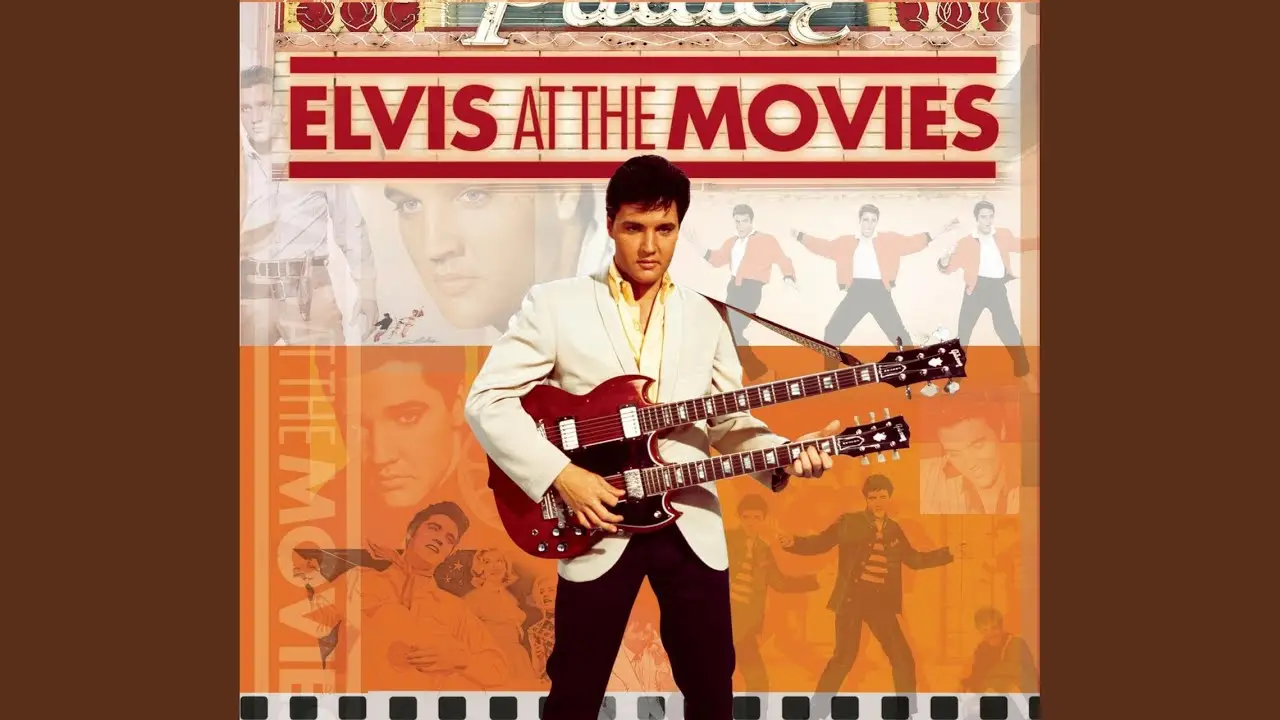From Writing to Performance: The Story of ‘Return to Sender’
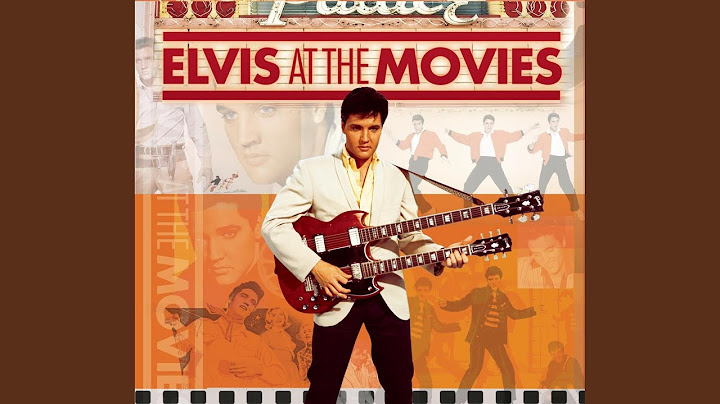
Elvis Presley’s Return to Sender is a song that has left an enduring mark on popular culture. Its unmistakable melody, heartfelt lyrics, and rock and roll flair have made it a timeless classic. This article delves deep into the story, meaning, impact, and legacy of this influential song.
Return to Sender was written by Winfield Scott, Otis Blackwell, and Winfield Scott Jr., a songwriting trio known for their collaborations with Presley. They crafted the song in New York City in 1962 after Blackwell had noticed teenagers dancing to an instrumental version of Presley’s King Creole. The song was intended for Presley, and his manager, Colonel Tom Parker, quickly secured the rights.
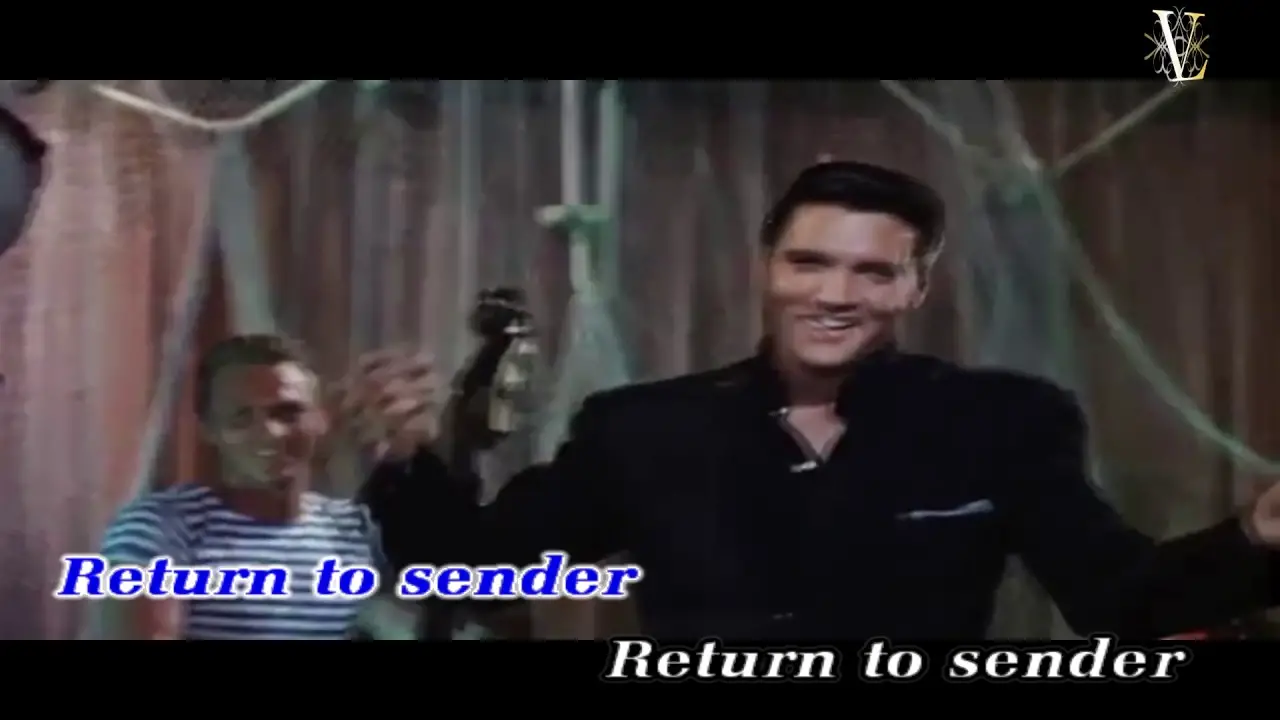
Presley recorded Return to Sender in Nashville during a marathon recording session on March 27, 1962. His dynamic vocal performance and the skillful musicianship of the backing band created a captivating and unforgettable recording. The song was released as a single later that year and quickly became a hit, reaching number one on the Billboard Hot 100 chart. It also topped charts in many other countries, solidifying its place as one of Presley’s most successful songs.
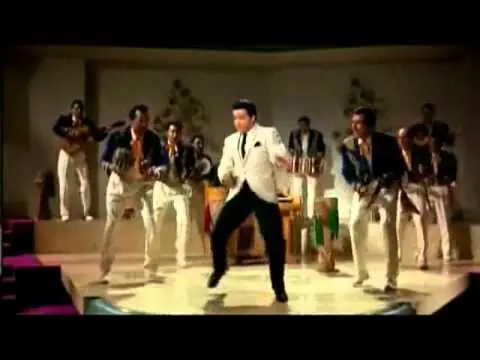
The Lyrical Analysis of Return to Sender: Themes and Motifs
Return to Sender is a song about a broken heart and the pain of unrequited love. The narrator, devastated by the end of a relationship, begs his former lover to return his letters, photographs, and other treasured memories. The lyrics are filled with a palpable sense of longing, regret, and the realization that the love they once shared is gone.
One of the recurring themes in Return to Sender is the idea of communication and its power to bring people together or tear them apart. The narrator desperately wants to communicate with his lost love, but his letters are returned unopened. This longing for communication and connection is also reflected in the title of the song itself – “Return to Sender”, a phrase commonly used by postal workers to indicate an undeliverable letter.
Another important motif in the lyrics is the concept of memory and nostalgia. The narrator pleads for the return of photographs and other items that symbolize their past relationship. These physical objects hold sentimental value and represent the memories and emotions attached to them. By asking for their return, the narrator is trying to hold onto the past and relive the happy moments they shared together.
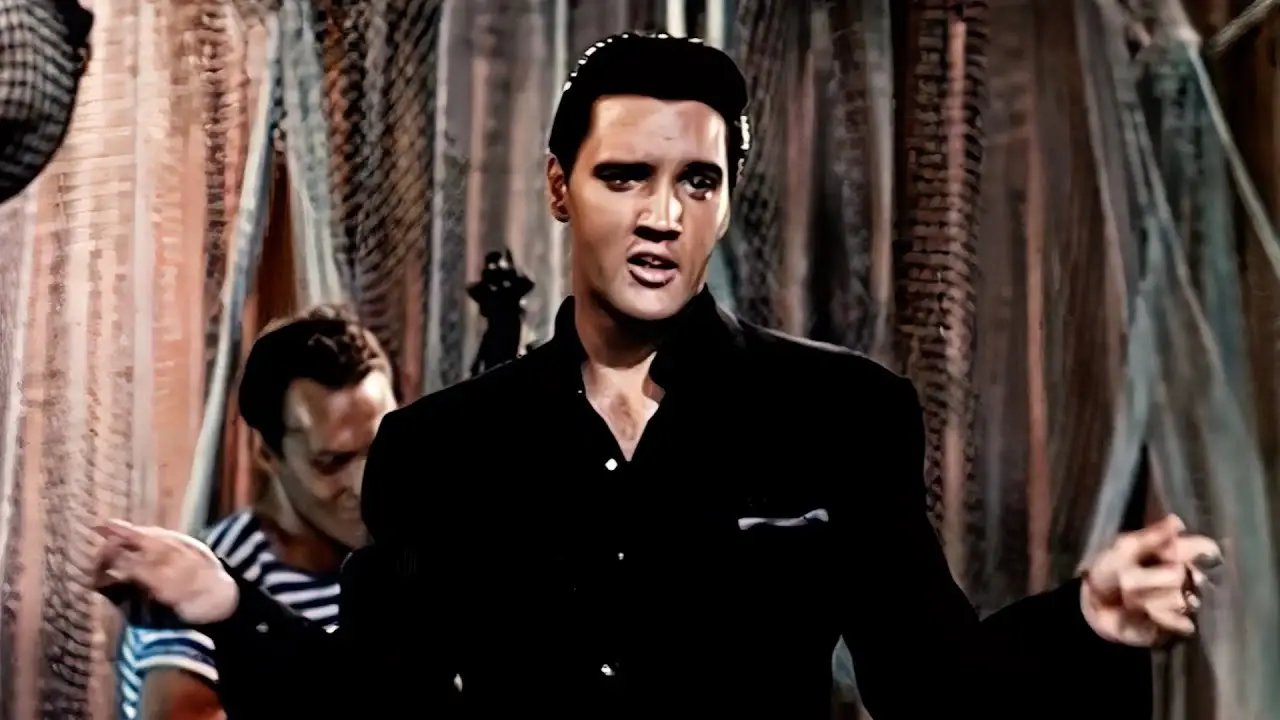
The Musical Structure of Return to Sender: A Detailed Examination
Return to Sender is a classic example of the rock and roll genre, blending elements of blues, country, and RB. The song features a catchy and upbeat melody, driven by a rhythm guitar, drums, and backing vocals. Presley’s dynamic vocals add a sense of urgency and emotion to the song, making it stand out from his other recordings at the time.
The song follows a traditional verse-chorus structure, with a short instrumental break between each chorus. The verses feature a call-and-response pattern between Presley’s lead vocals and the backing vocals, creating a sense of depth and energy. The chorus, on the other hand, is simple yet effective, with the repeated refrain of “return to sender” becoming a memorable hook.
One of the most distinctive elements of Return to Sender is the use of saxophone solos throughout the song. The saxophone was not a common instrument in rock and roll at the time, but its inclusion adds a unique and soulful touch to the recording. The solos add a sense of improvisation and spontaneity, giving the song a livelier feel.
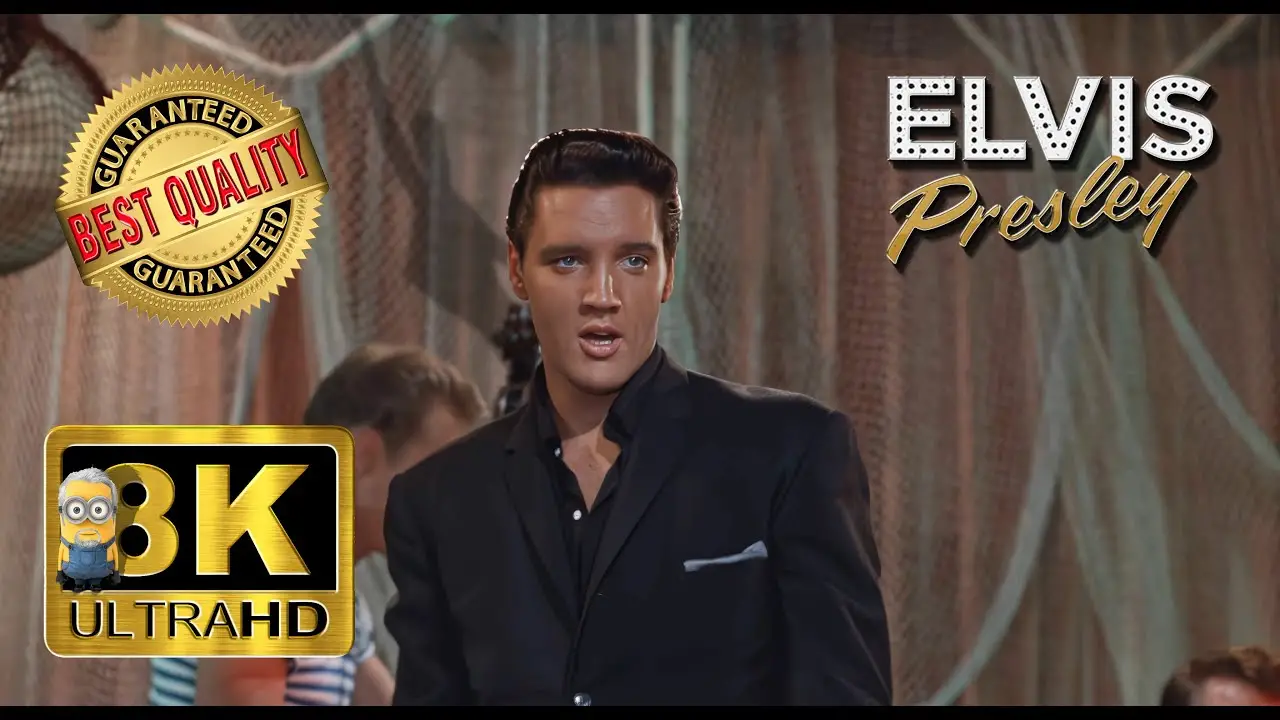
The Cultural Impact of Return to Sender: Its Influence on Popular Culture
Return to Sender has had a lasting impact on popular culture, with its memorable melody and relatable lyrics leaving a lasting impression on listeners. The song has been featured in numerous films, television shows, and commercials, solidifying its place as a cultural touchstone.
The most prominent use of Return to Sender in popular culture is in the 1993 film Honeymoon in Vegas, where it is used as a plot device and provides the main character with a reason to break up with his fiancée. The song has also been featured in TV shows such as Friends, The Simpsons, and The Sopranos. Its inclusion in these iconic cultural references has further cemented its status as a beloved classic.
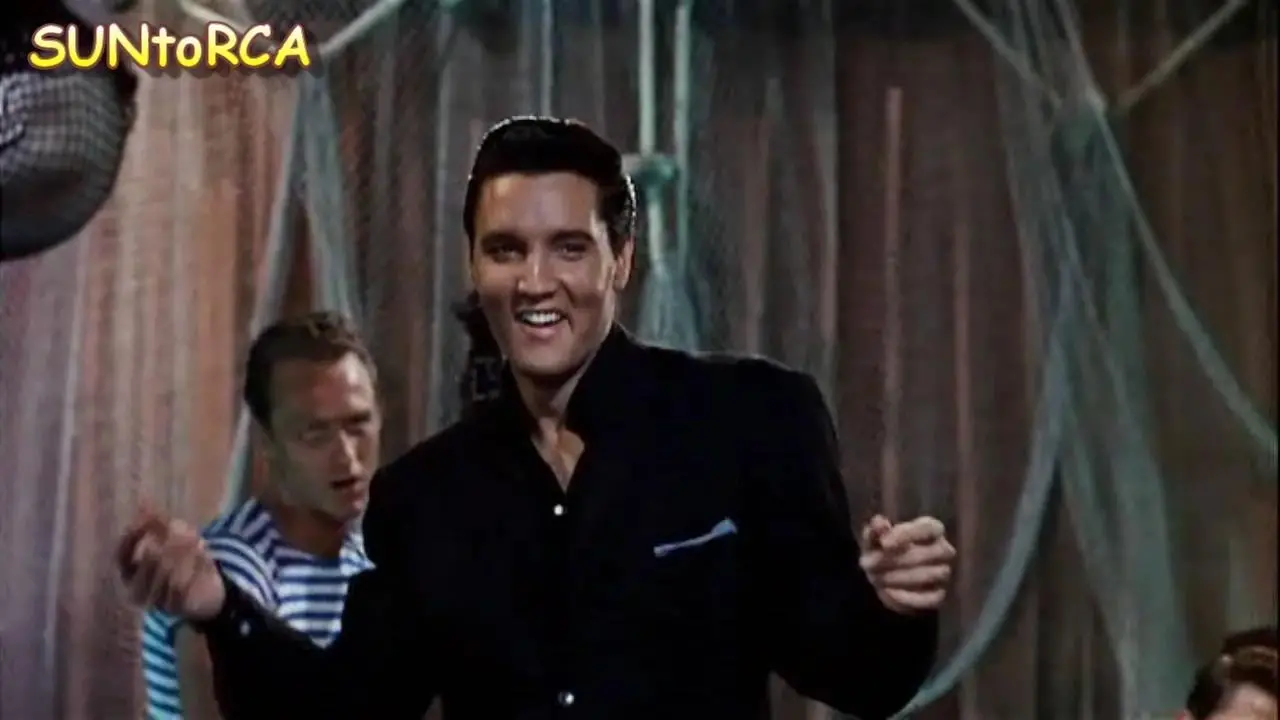
Return to Sender and the Rise of Rock and Roll: Its Role in the Development of the Genre
In the early 1950s, rock and roll was still a relatively new genre, with many artists experimenting with its sound and style. Elvis Presley, often referred to as the King of Rock and Roll, played a pivotal role in popularizing the genre and making it a global phenomenon. Return to Sender, with its fusion of different musical elements, showcases Presley’s skill in blending genres and creating a unique sound that would go on to influence countless artists.
Moreover, Return to Sender marked a shift in Presley’s own music, moving away from his earlier rockabilly sound and towards a more refined and polished style. This evolution of his musical style allowed him to reach a wider audience and solidify his position as one of the most influential figures in music history.
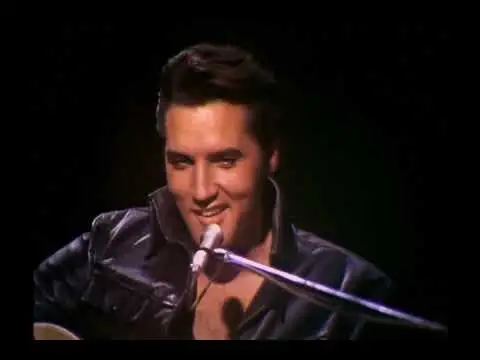
Elvis Presley’s Performance of Return to Sender: A Vocal and Stylistic Analysis
Presley’s performance of Return to Sender is a testament to his vocal range and versatility as an artist. His distinct voice, combined with his charismatic stage presence, captivated audiences and made him a household name. In Return to Sender, he delivers a passionate and soulful rendition of the song, showcasing his ability to convey emotions through his powerful vocals.
Stylistically, Presley’s performance in Return to Sender is reminiscent of his earlier rockabilly recordings, but with a notable shift towards a more mature and sophisticated sound. He maintains his signature energetic delivery, but there is a level of refinement and control in his vocals that sets this recording apart from his previous works.
Memorable Performances by Elvis Presley in the 1960s
Top 10 Must-Have Elvis Presley Tracks for Every Fan
Top 10 Elvis Popular Songs You Need to Hear

The Legacy of Return to Sender: Its Enduring Appeal and Influence
Over the years, Return to Sender has become one of Elvis Presley’s most recognizable and beloved songs. It continues to be played on radio stations and streamed online, introducing new generations to its timeless appeal. The song has also been covered by various artists, including Linda Ronstadt, The Supremes, and Billy Joel, highlighting its enduring influence and popularity.
Return to Sender in Film and Television: Its Cultural Impact Beyond Music
As mentioned earlier, Return to Sender has been prominently featured in popular films and TV shows, cementing its place as a cultural touchstone. In addition to Honeymoon in Vegas, the song has also been used in movies such as Lilo Stitch and Forrest Gump, further solidifying its iconic status.
The History of Return to Sender Covers and Interpretations
Throughout the years, many artists have covered Return to Sender, putting their own spin on the classic song. Some notable covers include Dionne Warwick’s soulful version, Tom Jones’ high-energy interpretation, and Fleetwood Mac’s bluesy take. These covers showcase the versatility of the song and how it can be reimagined to fit different genres and styles.

Conclusion
In conclusion, Return to Sender is much more than just a catchy rock and roll song – it is a cultural phenomenon that has stood the test of time. Its enduring appeal, influence on popular culture, and role in the development of rock and roll make it a significant piece of music history. As we continue to listen to this iconic song, we pay tribute not only to the King of Rock and Roll but also to the enduring power of music to connect us through its universal themes of love, loss, and longing.

